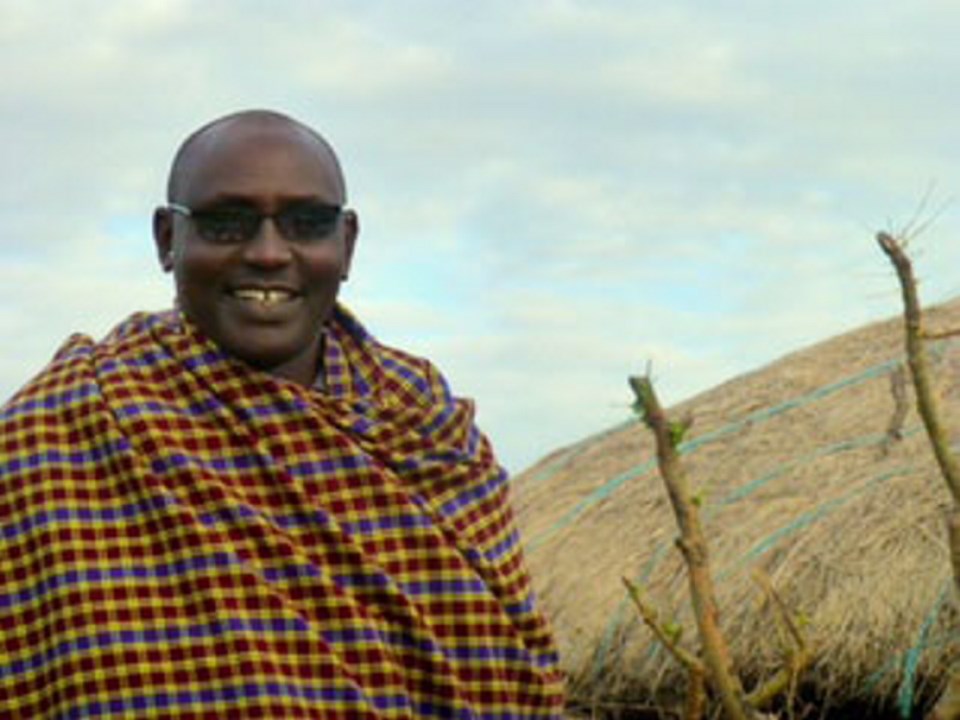Clamian Kitesho, who was visiting Victoria from Makuyuni Village in Tanzania last week, recalled how he walked 20 kilometres each way to go to school.
“So when I had homework, I had to sit on a rock and do it on the way because by the time I got home it was dark,” he said.
Kitesho, a Maasai elder, is now chief administrator of the one-room Nashipay Maasai School — a community-driven project that began with funding assistance from the Centre for Inspired Living, a spiritual community of about 70 members in Victoria.
Kitesho was in Victoria on a fundraising mission.
The school, which opened July 1, 2013, with 20 children, is now bursting at the seams with 122 students and 40 more hoping to start in January. The community, with help from Victorians, is trying to build a second classroom.
With only one room and so many who want to see their children attend the school, admission criteria have been developed.
The first is that 70 per cent of the students must be girls — a controversial policy in the Maasai community, where arranged marriages at an early age are common.
“And educating girls is like educating the whole family,” Kitesho said.
Priority is given to girls who live closer to the school, to increase the likelihood of their attending every day. Students are selected from the poorest families first.
Education, Kitesho said, is the only hope children have to someday find their way out of poverty.
Kitesho met Victorians Karen and Bob Schrey when they booked a safari through Kitesho’s Warrior Trails safari company.
The Schreys had taken along a bag of soccer balls and Frisbees to donate and asked Kitesho for advice on distribution.
He took them to a local public school — as the Maasai school was not yet built — and they were shocked by the conditions.
There were 140 students being taught by one teacher and maybe three textbooks for the whole class. “We said to the headmaster, ‘What do you need most, right now?’ And he said chalk. He had a tiny little piece of chalk to teach that day’s lesson,” Karen Schrey said.
The couple bought $35 worth of chalk — enough to supply the school for the year.
“So we realized it wasn’t the actual physical resources that were needed as much as the money to buy the resources. Chalk was available in the village. Books were available, easily, but not the money,” she said.
Maasai children were so desperate for education, they were attending the public school even though they didn’t speak the Swahili language in which it was being taught.
Inspired by what they saw, the couple asked Kitesho how they could help.
The Maasai elders consulted with the community and decided they needed their own community school.
“That was before water. They didn’t have water in the village or any kind of medical facility. Education was their number-one priority,” Karen Schrey said.
“We thought we were going on vacation. I had no idea that it would open up a whole new life for me.”
The Victoria fellowship has now partnered with Calgary-based Enterprise for Good.
The hope is that the community-building in partnership with the Maasai of Makuyuni will continue and grow over the next five to seven years through donations and volunteers travelling to Tanzania to work along with the locals to expand the project to include more classrooms, teachers’ housing and dormitories.
Anyone wanting to make donations can contact Schrey at kmschrey@gmail.com



